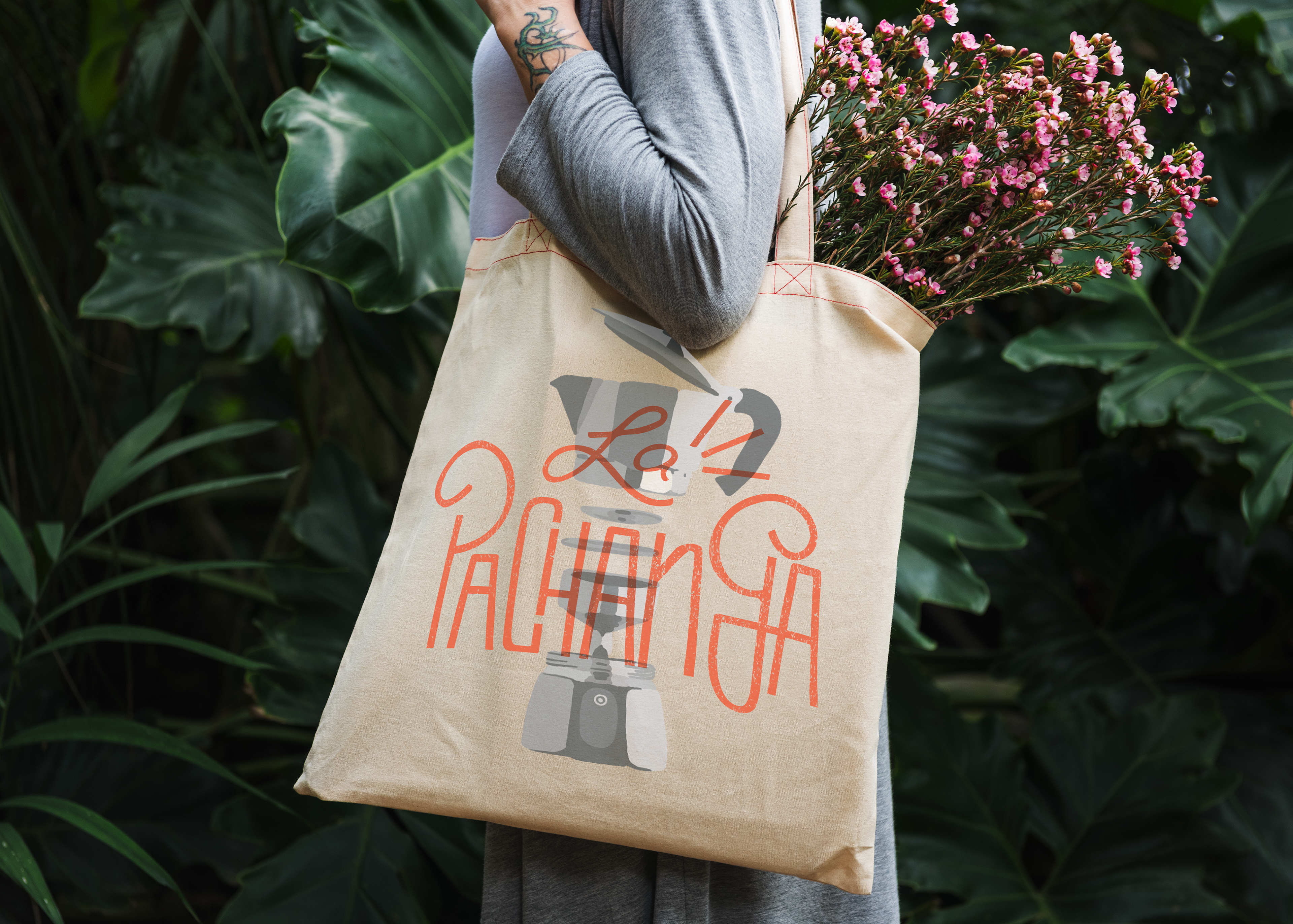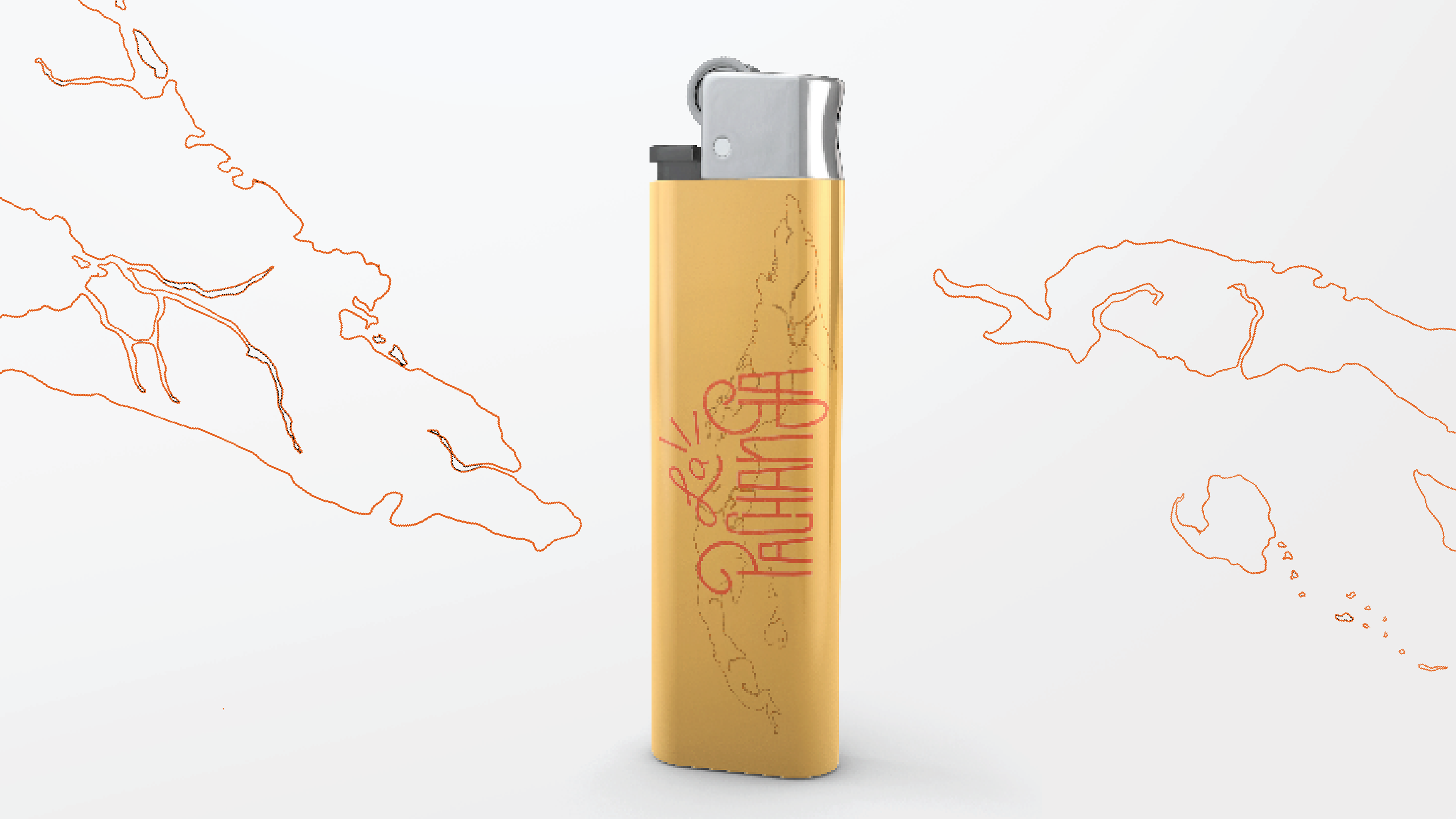Branding + Motion Graphics + Layout
The Problem: Second-generation Cuban immigrants, especially those who don't speak spanish, have difficulties connecting to their heritage and culture.
The Solution: During my time as a mentee for the AIGA 2020 Mentorship Program I developed a bilingual cookbook and cafe branding for a concept Cuban restaurant. La Pachanga aims to connect Cuban-Americans with their bright, vibrant heritage and allowing everyone to have a taste of Cuban culture!
The Solution: During my time as a mentee for the AIGA 2020 Mentorship Program I developed a bilingual cookbook and cafe branding for a concept Cuban restaurant. La Pachanga aims to connect Cuban-Americans with their bright, vibrant heritage and allowing everyone to have a taste of Cuban culture!
PA LA PACHANGA // to the party!
The bilingual cookbook allows different generations, who often have a language barrier, to come together and create traditional, contemporary, and fusion dishes while learning the island's history along with some fun facts!
The USSR invited Cuban-born Amaldo Tamayo Mendez to join its 1980 intercosmos program, he became the first person of African descent in space and represented the ninth country in space.
The USSR became Cuba's main trade partner in the second half of the 20th century, and the majority of Cuba's imports came from the Soviets in exchange — most often for sugar. The two countries remained great allies up until the Soviet collapse of 1989. From Soviet-style architecture to cuisine, the communist country certainly left its mark on Cuba.
Ajiaco dates back to the 1500s, making it one of the island's oldest recipes.
These smashed, fried plaintains are named after the Spanish coins that were used in many colonies in the New World during the 16th century. Today, it's almost impossible to imagine Cuban food without tostones, a typical complement to most main dishes.
Most Cuban kitchens are equipped with a tostonera —a tool made of two wooden boards attached by a hinge used for mashing the tostones; they're avaliable at many Latin American grocery stores.


As the world adapted to the COVID crisis, the SPOT Showcase, where mentees display their work, was held through Behance. You can find the showcase at: https://www.behance.net/AIGAORL_SPOT2020